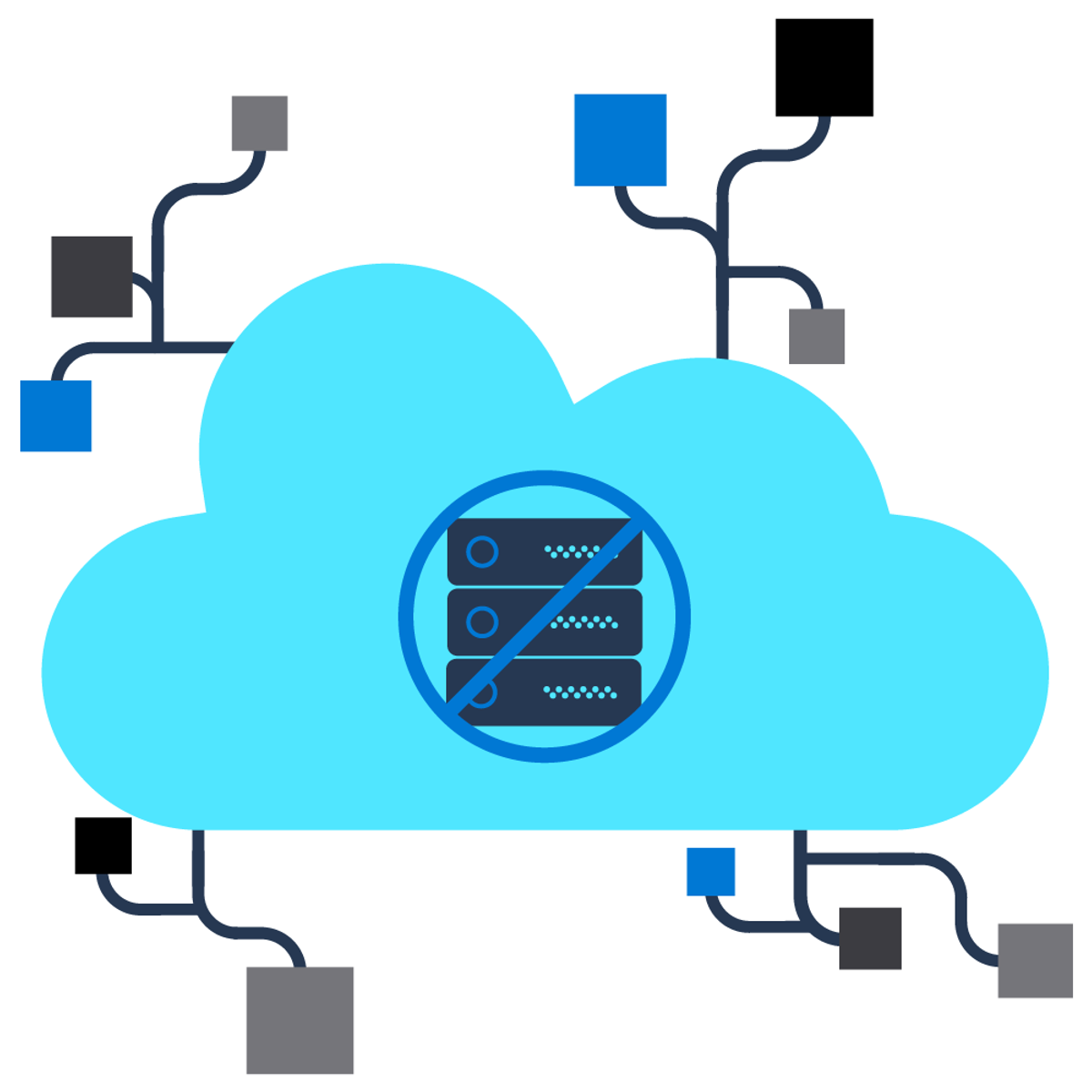Back to Courses









Software Development Courses - Page 54
Showing results 531-540 of 1266

Software Design as an Abstraction
The design step in developing software has some unique characteristics. First of all, it’s the only step where drawing pictures of things is the norm. Why is that? What do pictures do that other representations cannot do? Pictures have varying levels of detail; pictures have context. Pictures…paint a picture. Why are these things important? In this course, too, we begin looking at other disciplines (building architecture is a favorite one) for lessons on design.

Predict Housing Prices with Tensorflow and AI Platform
This is a self-paced lab that takes place in the Google Cloud console. In this lab you will build an end to end machine learning solution using Tensorflow + AI Platform and leverage the cloud for distributed training and online prediction.

Python Scripting for DevOps
In this course, we are going to focus on the following learning objectives:
1. Work with core Python programming tools
2. Become comfortable reading and writing Python scripts
By the end of this course, you will have a solid grasp of scripting in Python. You will learn the Pythonic way of many of the core programming concepts. You will be able to read and understand Python scripts in your daily line of work

The Business of Cybersecurity Capstone
This course intends to make the student familiar with information security management. When you have finished with this course you will know more about:
• Governance: including the mission, roles and responsibilities of the InfoSec governance function, and the strategic planning process and InfoSec’s role in the organization’s strategic planning effort.
• You will understand the various types of InfoSec policies and how effective information security policy is created and used.
• Risk management and the risk management process
• Certain laws and ethical issues impacting information security in the organization. And some common information security management practices such as benchmarking and performance measures.

Java Programming: Build a Recommendation System
Ever wonder how Netflix decides what movies to recommend for you? Or how Amazon recommends books? We can get a feel for how it works by building a simplified recommender of our own!
In this capstone, you will show off your problem solving and Java programming skills by creating recommender systems. You will work with data for movies, including ratings, but the principles involved can easily be adapted to books, restaurants, and more. You will write a program to answer questions about the data, including which items should be recommended to a user based on their ratings of several movies. Given input files on users ratings and movie titles, you will be able to:
1. Read in and parse data into lists and maps;
2. Calculate average ratings;
3. Calculate how similar a given rater is to another user based on ratings; and
4. Recommend movies to a given user based on ratings.
5. Display recommended movies for a given user on a webpage.

Create a C# Class Definition to Track Employee Data
By the end of this project, you will create an application that defines an Employee class and create one to many Employee object instances.
Object Oriented programming in languages such as C# is advantageous because it allows the programmer to think in terms of the way people think of the real world, in terms of Objects like employees, airplanes, and homes for example.
Note: This course works best for learners who are based in the North America region. We’re currently working on providing the same experience in other regions.

System Validation (2): Model process behaviour
System Validation is the field that studies the fundamentals of system communication and information processing. It is the next logical step in computer science and improving software development in general. It allows automated analysis based on behavioural models of a system to see if a system works correctly. We want to guarantee that the systems does exactly what it is supposed to do. The techniques put forward in system validation allow to prove the absence of errors. It allows to design embedded system behaviour that is structurally sound and as a side effect enforces you to make the behaviour simple and insightful. This means that the systems are not only behaving correctly, but are also much easier to maintain and adapt. ’Model process behaviour' is the follow up MOOC to 'Automata and behavioural equivalences'. This MOOC shows you how to model process behaviour, in particular protocols and distributed algorithms, dive deeper in the properties of system behaviour, and keep things simple to avoid a state space explosion. Reading material. J.F. Groote and M.R. Mousavi. Modeling and analysis of communicating systems. The MIT Press, 2014.
This course is part 2 of the set of courses for System Validation. System Validation, as a set of courses, is part of a larger EIT Digital online programme called 'Internet of Things through Embedded Systems'.

Create Serverless Applications
In this course, you will learn how Azure Functions enable the creation of event-driven, compute-on-demand systems that can be triggered by various external events. You will earn how to leverage functions to execute server-side logic and build serverless architectures.
This course will help you prepare for the Microsoft Certified: Azure Developer Associate certification. This course is part of a Specialization intended for developers who want to demonstrate their expertise in all phases of cloud development from requirements, definition, and design; to development, deployment, and maintenance; to performance tuning and monitoring. It is ideal for anyone interested in preparing for the AZ-204: Developing Solutions for Microsoft Azure exam.
This is the first course in a program of 8 courses to help prepare you to take the exam. Each course teaches you the concepts and skills that are measured by the exam.
By the end of this Professional Certificate program, you will be ready to take and sign-up for the Exam AZ-204: Developing Solutions for Microsoft Azure.

How to Use RapidAPI
In this 1-hour long project-based course, you will learn what an API is and how to use one. You will learn this through the use of RapidAPI. RapidAPI is the world's largest API Marketplace. Developers use Rapid API to discover and connect to thousands of APIs. Using RapidAPI, developers can search and test the APIs, subscribe, and connect to the APIs.
Note: This course works best for learners who are based in the North American region. We’re currently working on providing the same experience in other regions.

Building User Interfaces Using Functional React Components
React Components are generally implemented using Classes. Although they work well, they have their own set of limitations. The stateful logic provided by the class components lack reusability. To enhance the productivity, codes developers are expected to develop codes with reusability.
This course will enable you to develop simple, readable, React components with reusable stateful logic using JavaScript functions and React Hooks. You will also explore the different React Hooks and test the stateful logic.
Popular Internships and Jobs by Categories
Browse
© 2024 BoostGrad | All rights reserved


